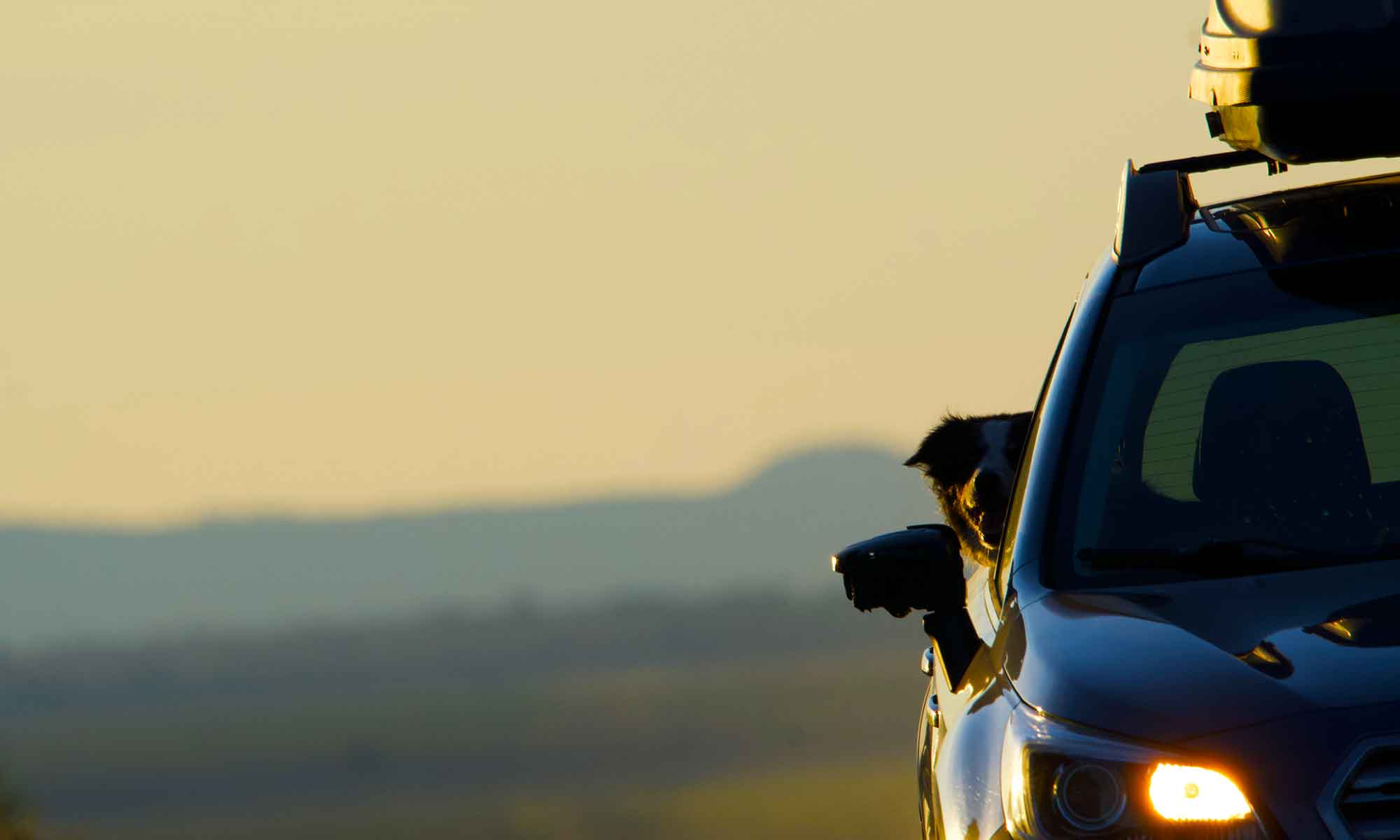
Living in Central Oregon there are plenty of remote spaces to offer solitude and we prefer these roads less traveled.
The numerous state routes that take you across the high desert are broken up with small towns, often just a grain elevator and an abandoned storefront. These are ghost towns of sorts, places with more history than residents.

Oregon has the distinction of containing the most ghost towns of any state in the union, more than 200 at last tally. Maybe not so surprising is that many of them are only semi-abandoned … with greatly depleted populations.
This week as we continue to explore the John Day River, we pulled over into some wide spots in the road.
Shaniko, Oregon

Shaniko is a historic city located in north-central Oregon on a high plateau. In 1900 it was known as the “Wool Capital of the World” and features the largest wool warehouse in the state.

What is left?
Shaniko has a historic district featuring a hotel, jailhouse, schoolhouse and collection of over 40 properties. It boasts a population of 30 (2020).
Antelope, Oregon

Antelope was first settled in 1872 as a connection between Columbia River gold mines and Canyon City. Its namesake was a herd of pronghorn antelope that lived in the area.
In the 1980s members of the Rajneesh cult moved to the area planning to turn the town into their own settlement. Cult members took over the city by outnumbering the original residents. Due to criminal behavior, the cult leader fled the country and the commune collapsed.
What is left?
Antelope has a population of 37 (2020) and has a historic preservation society that details these events.
Kent, Oregon

Kent is a small community located amid rolling grainfields. This town was primarily a railroad town. Residents literally picked names out of a hat to come up with the name Kent. The name was suggested because it was short and simple to write.

What is left?
Today there are numerous buildings from Kent’s past, including a cafe, gas station and cemetery. The town has kept its post office, but has lost most of its population, which in 2018 sat at 67.


















 Forty miles upriver from the Columbia OR 206 crosses the John Day where the Murtha Ranch used to sit.
Forty miles upriver from the Columbia OR 206 crosses the John Day where the Murtha Ranch used to sit.




 Then spent the afternoon catching bass and enjoying this beautiful and quiet stretch of the John Day River.
Then spent the afternoon catching bass and enjoying this beautiful and quiet stretch of the John Day River.











 Painted Hills Unit of the
Painted Hills Unit of the 
















 The north half of the refuge’s loop road is closed for the season. But it’s easy to drive along Windbreak dike to a camping site on the SE side of the refuge.
The north half of the refuge’s loop road is closed for the season. But it’s easy to drive along Windbreak dike to a camping site on the SE side of the refuge.